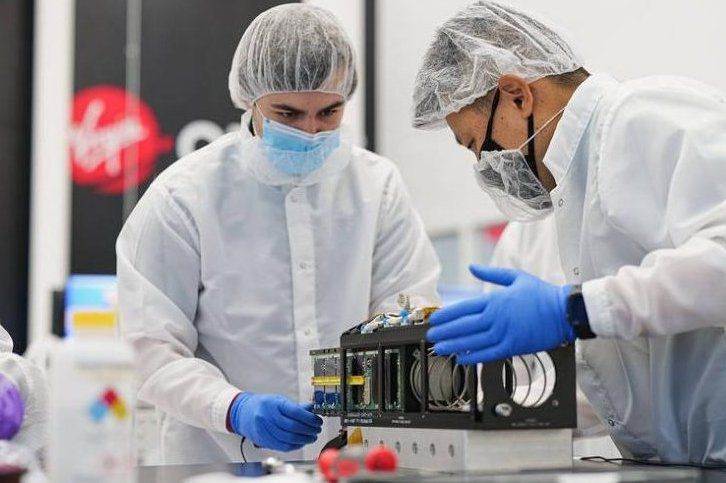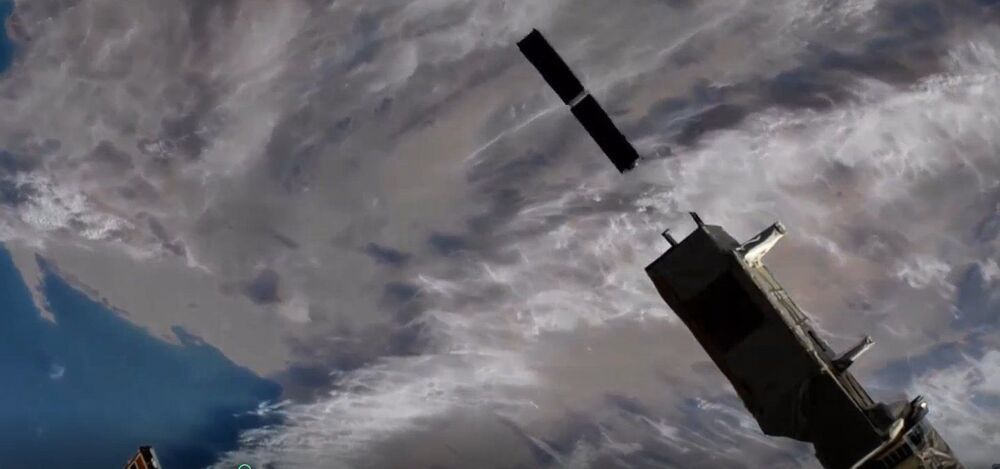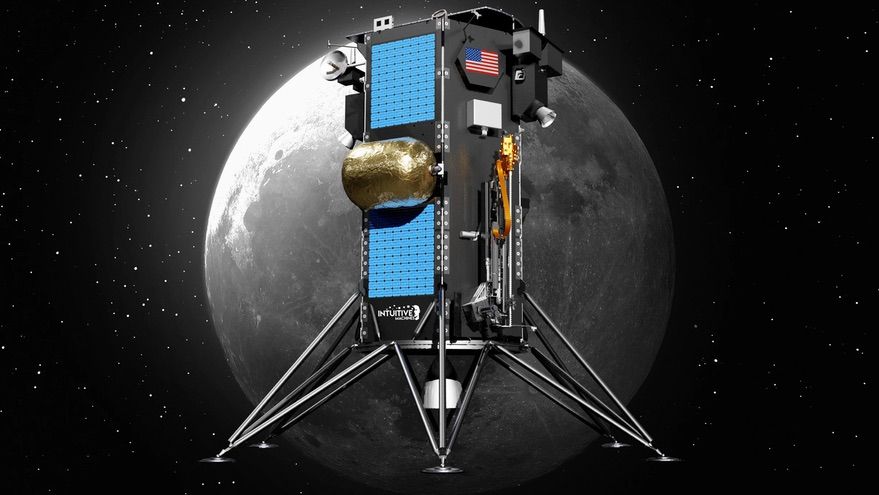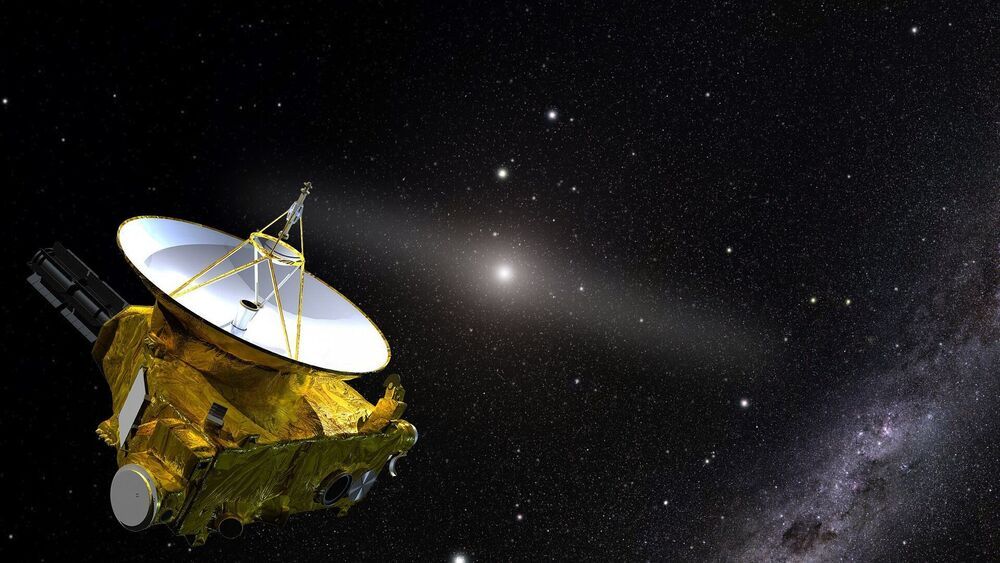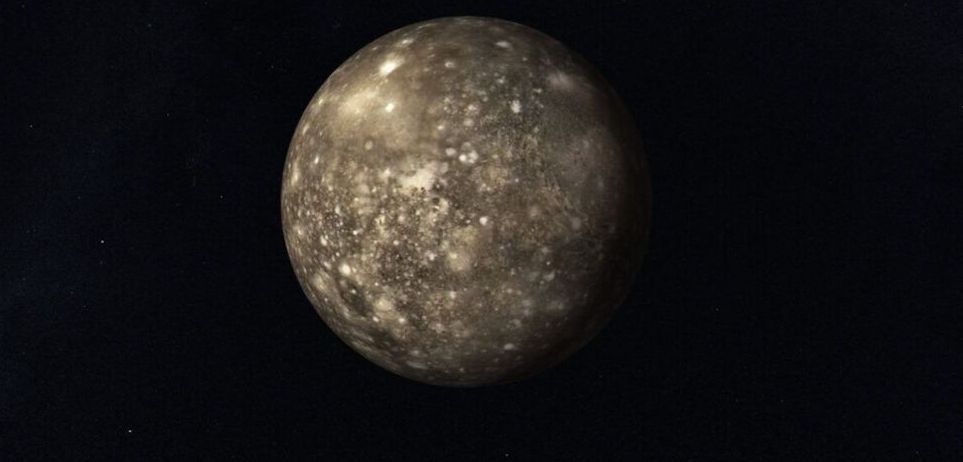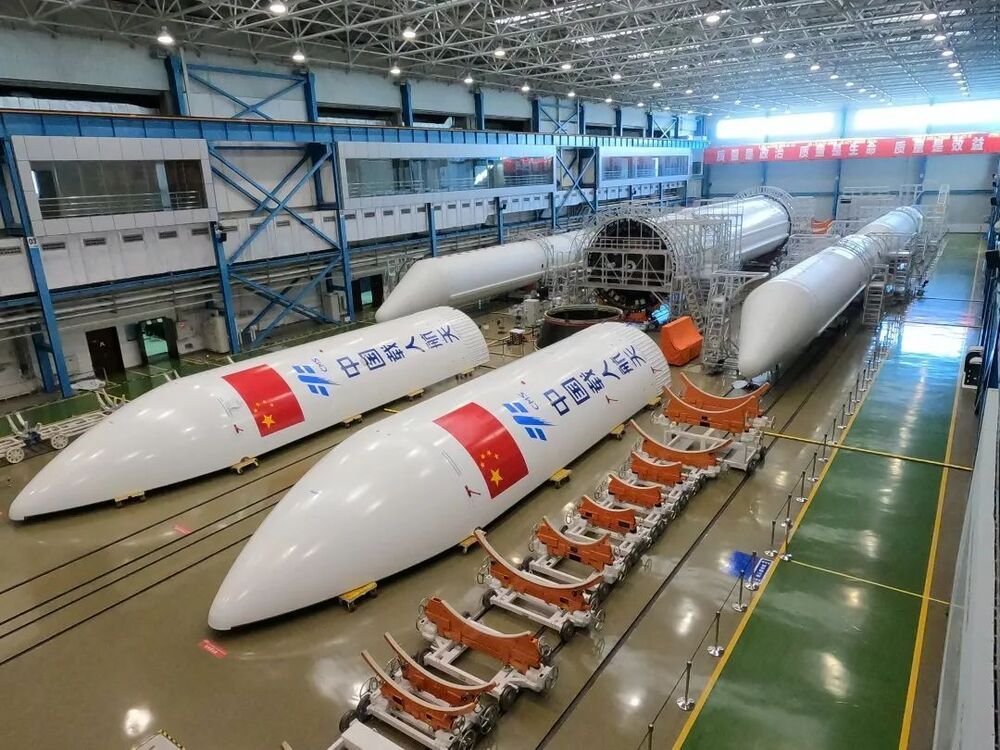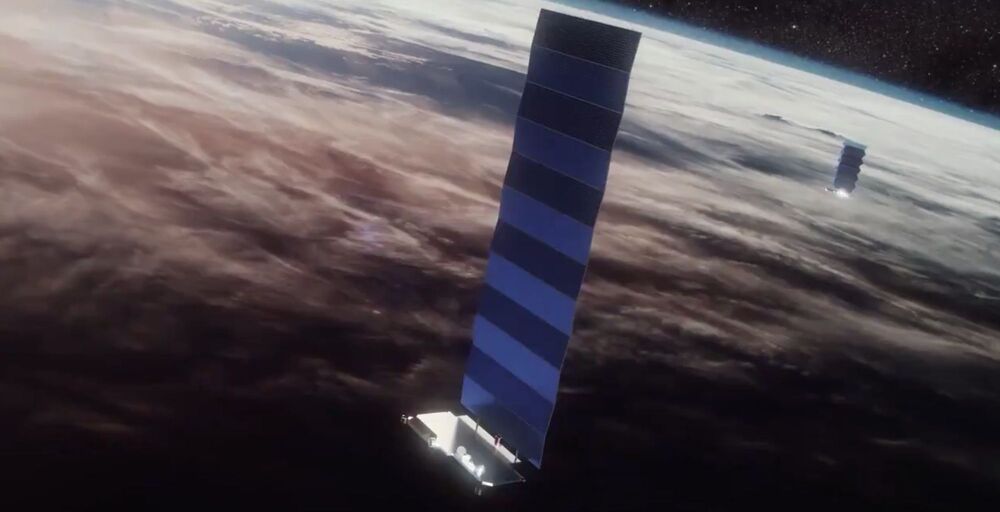Jan 15, 2021
Virgin Orbit targets Sunday for LauncherOne mission from California
Posted by Dan Kummer in categories: biotech/medical, satellites
ORLANDO, Fla., Jan. 15 (UPI) — Virgin Orbit plans to try again Sunday to send 10 small science satellites for NASA and several universities into orbit using a rocket launched over the Pacific Ocean.
The mission is scheduled to begin at 10 a.m. PST when Virgin’s Cosmic Girl aircraft, a modified Boeing 747, takes off from Mojave Air and Space Port 90 miles north of Los Angeles. The plane carries the LauncherOne rocket under its wing.
The company created a three-hour window for potential last-minute delays. Virgin scrubbed an attempt in December when employees entered quarantine because of COVID-19 exposure. The company also delayed the launch from last week.
